The rise of AI means a revolution is coming in the world of software development.
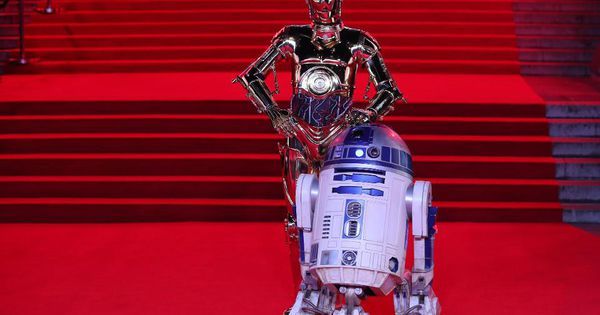

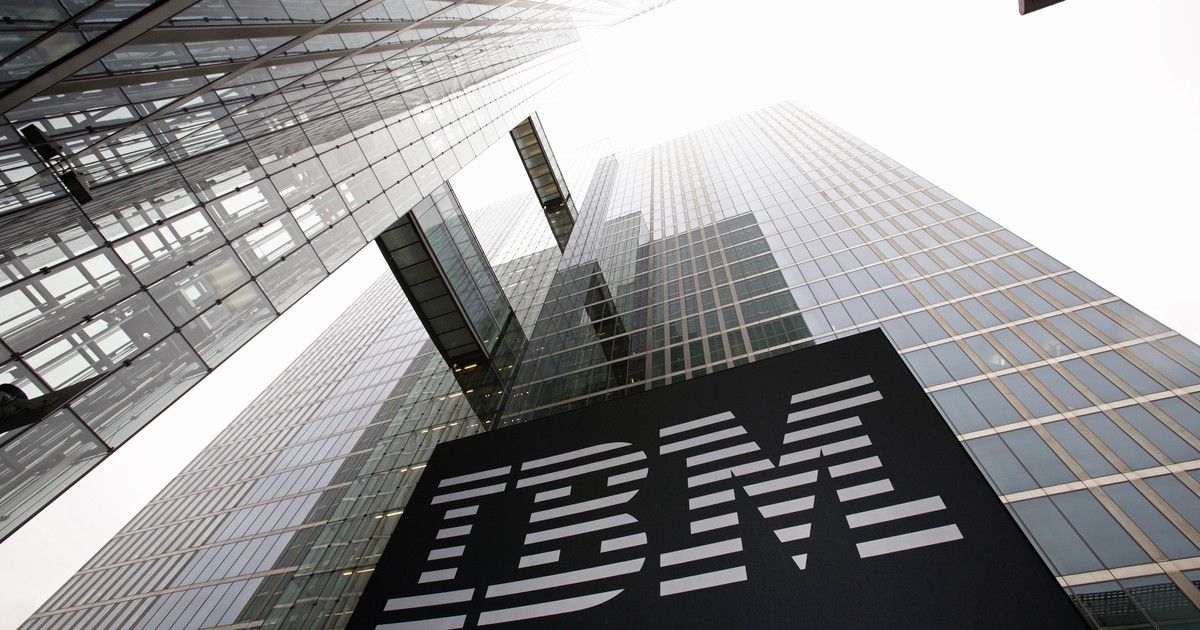
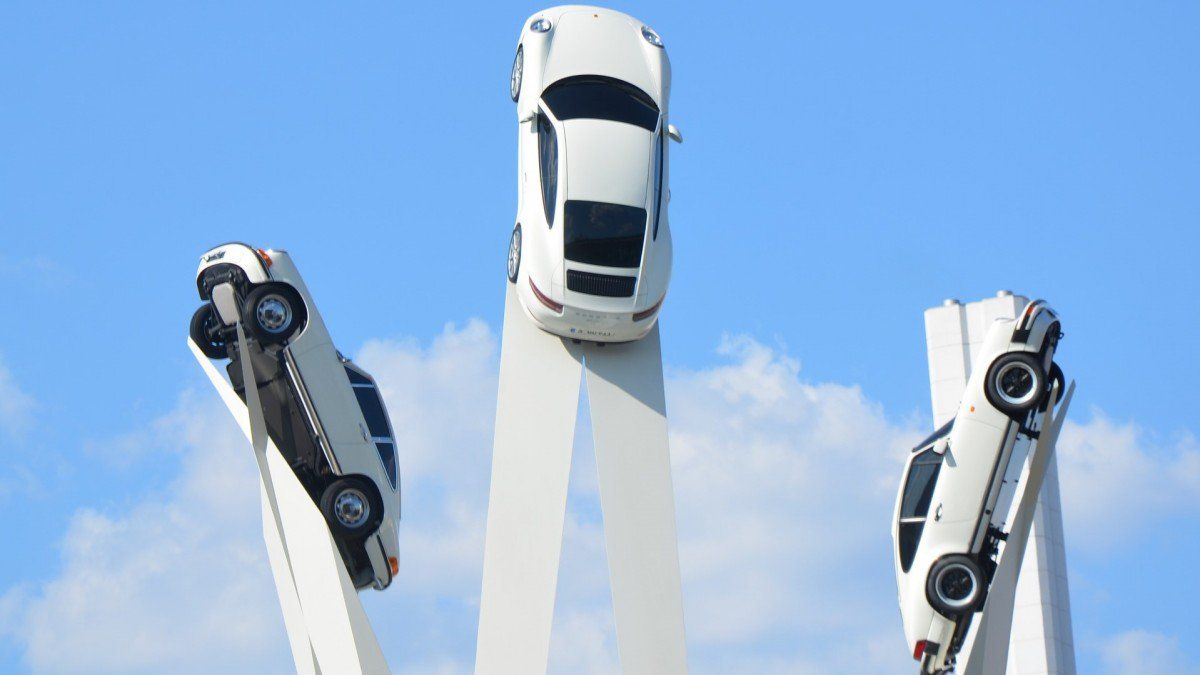
The country isn’t a world leader in autonomous or electric vehicles, but it’s all in on putting cars in the sky.
The news: Japan announced today that it’s bringing together 21 companies and organizations, including big hitters like Uber, Boeing, Airbus, Cartivator, and Japan Airlines, to bring aerial vehicles to the skies within 10 years.
The challenge: The government said it will address one of the major things holding back flying cars: regulation. “The Japanese government will provide appropriate support to help realize the concept of flying cars, such as creation of acceptable rules,” the ministry said. If Japan is able to quickly establish a legal system in which flying cars can function, it could get a jump start over countries like the US, whose Federal Aviation Association has been notoriously slow-moving on things like drone regulation.
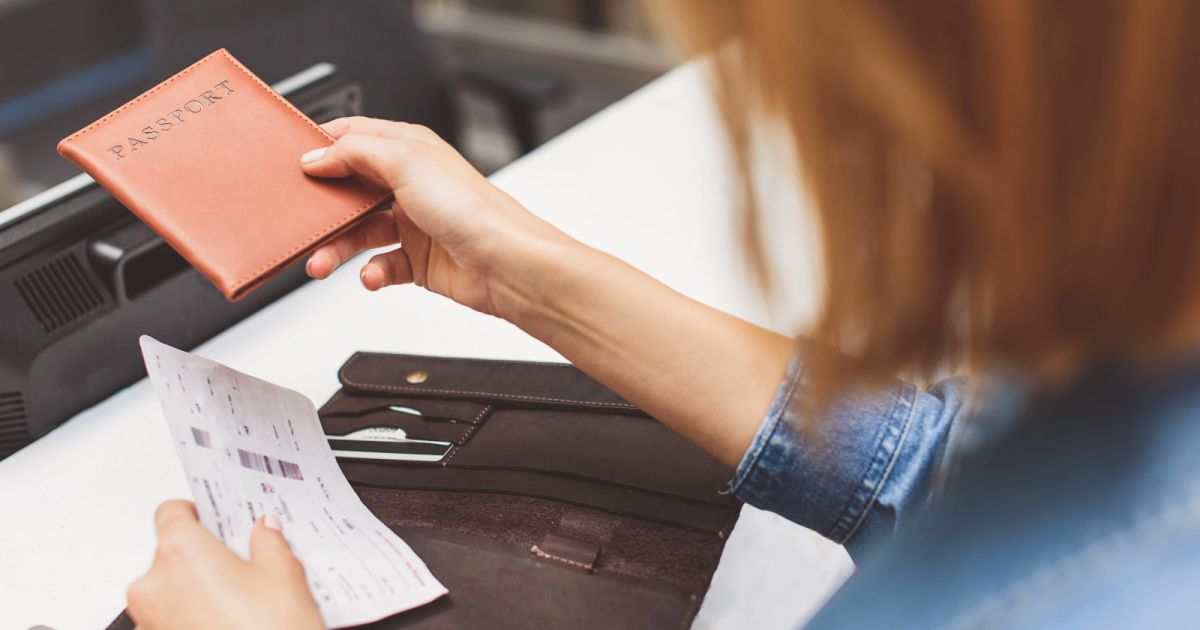
The facial recognition technology the US is testing for airports has caught its first imposter merely three days after Washington Dulles International started using it. According to US Customs and Border Protection (CBP), a 26-year-old man from Sao Paulo, Brazil successfully fooled people with a French passport until he presented it to a Dulles officer who used the new facial comparison biometric technology. The system determined that his face wasn’t a match with the person in the passport, and he was sent for a comprehensive check, which revealed the Republic of Congo ID hidden inside his shoe.
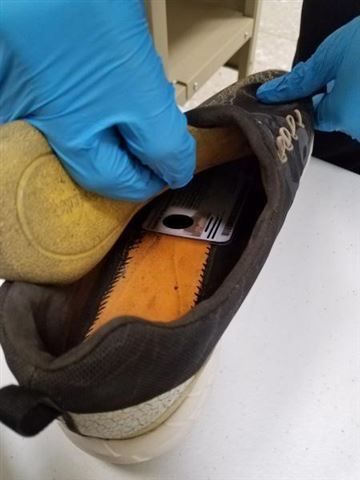
[Image credit: US Customs and Border Protection].
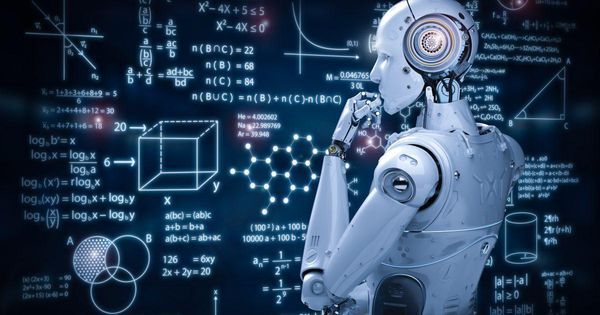
Fully-programmable annealing quantum computer simulates phenomenon behind 2016 Nobel Prize. Promises faster materials prototyping at lower cost.
BURNABY, BC – (August 22, 2018) — D-Wave Systems Inc., the leader in quantum computing systems and software, today published a milestone study demonstrating a topological phase transition using its 2048-qubit annealing quantum computer. This complex quantum simulation of materials is a major step toward reducing the need for time-consuming and expensive physical research and development.
The paper, entitled “Observation of topological phenomena in a programmable lattice of 1,800 qubits”, was published in the peer-reviewed journal Nature (Vol. 560, Issue 7719, August 22, 2018). This work marks an important advancement in the field and demonstrates again that the fully programmable D-Wave quantum computer can be used as an accurate simulator of quantum systems at a large scale. The methods used in this work could have broad implications in the development of novel materials, realizing Richard Feynman’s original vision of a quantum simulator. This new research comes on the heels of D-Wave’s recent Science Magazine paper demonstrating a different type of phase transition in a quantum spin-glass simulation. The two papers together signify the flexibility and versatility of the D-Wave quantum computer in quantum simulation of materials, in addition to other tasks such as optimization and machine learning.
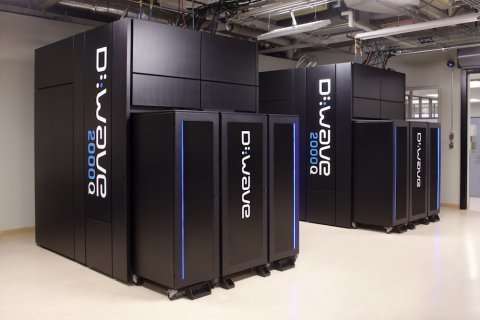
D-Wave Systems today published a milestone study demonstrating a topological phase transition using its 2048-qubit annealing quantum computer. This complex quantum simulation of materials is a major step toward reducing the need for time-consuming and expensive physical research and development.
The paper, entitled “Observation of topological phenomena in a programmable lattice of 1,800 qubits”, was published in the peer-reviewed journal Nature. This work marks an important advancement in the field and demonstrates again that the fully programmable D-Wave quantum computer can be used as an accurate simulator of quantum systems at a large scale. The methods used in this work could have broad implications in the development of novel materials, realizing Richard Feynman’s original vision of a quantum simulator. This new research comes on the heels of D-Wave’s recent Science paper demonstrating a different type of phase transition in a quantum spin-glass simulation. The two papers together signify the flexibility and versatility of the D-Wave quantum computer in quantum simulation of materials, in addition to other tasks such as optimization and machine learning.
In the early 1970s, theoretical physicists Vadim Berezinskii, J. Michael Kosterlitz and David Thouless predicted a new state of matter characterized by nontrivial topological properties. The work was awarded the Nobel Prize in Physics in 2016. D-Wave researchers demonstrated this phenomenon by programming the D-Wave 2000Q system to form a two-dimensional frustrated lattice of artificial spins. The observed topological properties in the simulated system cannot exist without quantum effects and closely agree with theoretical predictions.
Russia’s most famous weapons manufacturer has unveiled a 13ft tall walking killer robot operated by pilots who sit inside it.
Kalashnikov Concern presented the state-of-the-art bulletproof robot along with utility vehicles and new assault rifles at the Army 2018 fair at the Patriot Park just outside Moscow.
The gold robot, called Igorek, is still in development and its creators do not wish to reveal all of its features until they have finished.
One of the most significant AI milestones in history was quietly ushered into being this summer. We speak of the quest for Artificial General Intelligence (AGI), probably the most sought-after goal in the entire field of computer science. With the introduction of the Impala architecture, DeepMind, the company behind AlphaGo and AlphaZero, would seem to finally have AGI firmly in its sights.
Let’s define AGI, since it’s been used by different people to mean different things. AGI is a single intelligence or algorithm that can learn multiple tasks and exhibits positive transfer when doing so, sometimes called meta-learning. During meta-learning, the acquisition of one skill enables the learner to pick up another new skill faster because it applies some of its previous “know-how” to the new task. In other words, one learns how to learn — and can generalize that to acquiring new skills, the way humans do. This has been the holy grail of AI for a long time.
As it currently exists, AI shows little ability to transfer learning towards new tasks. Typically, it must be trained anew from scratch. For instance, the same neural network that makes recommendations to you for a Netflix show cannot use that learning to suddenly start making meaningful grocery recommendations. Even these single-instance “narrow” AIs can be impressive, such as IBM’s Watson or Google’s self-driving car tech. However, these aren’t nearly so much so an artificial general intelligence, which could conceivably unlock the kind of recursive self-improvement variously referred to as the “intelligence explosion” or “singularity.”
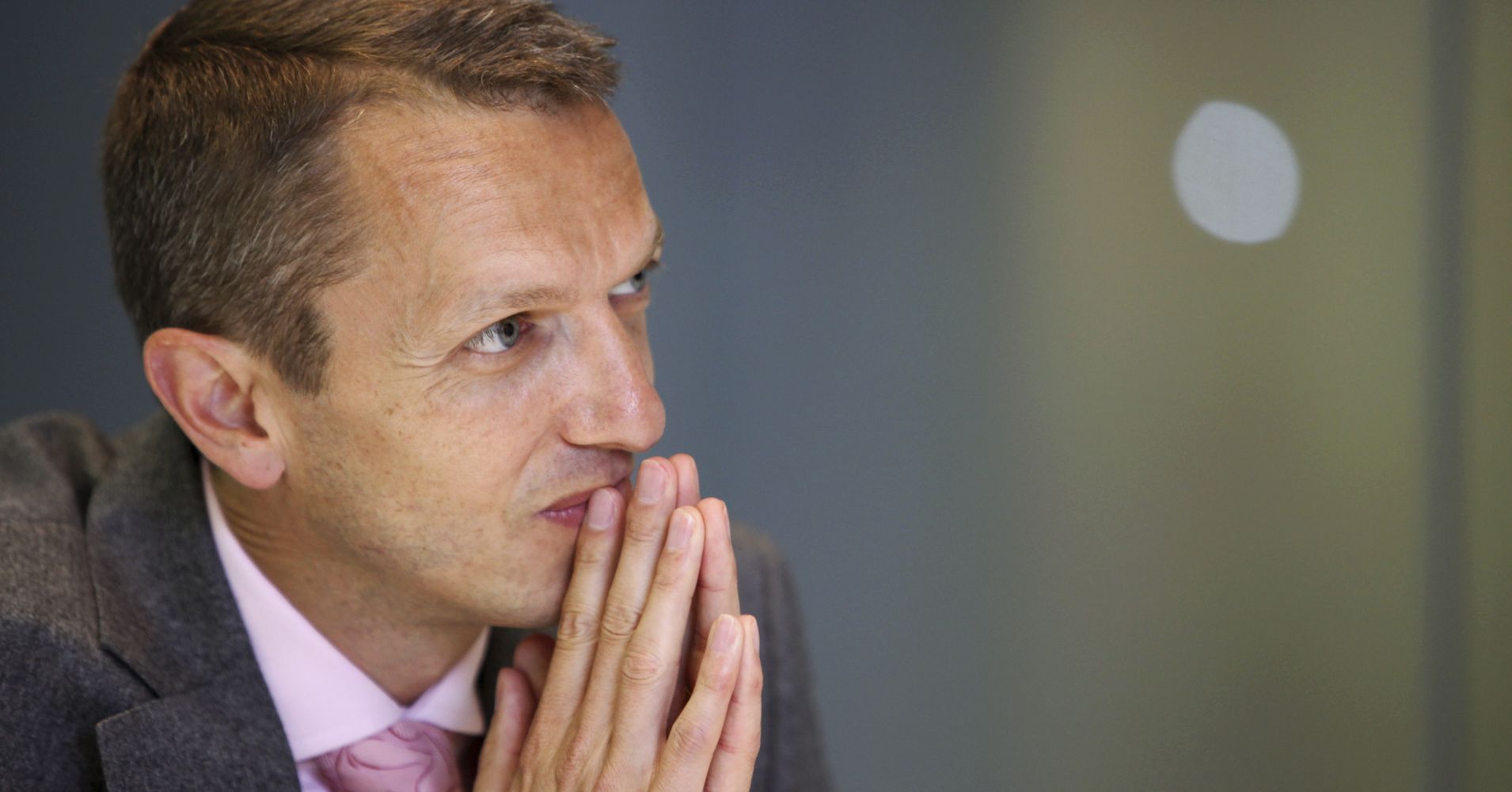
“This is the dark side of technological revolutions and that dark side has always been there,” Haldane added. “That hollowing out is going to be potentially on a much greater scale in the future, when we have machines both thinking and doing — replacing both the cognitive and the technical skills of humans.”
Haldane said that the so-called Fourth Industrial Revolution — a digitally-driven paradigm shift similar to previous industrial revolutions in the West — had the potential to displace numerous jobs and leave people “technologically unemployed.”
“Each of those [industrial revolutions] had a wrenching and lengthy impact on the jobs market, on the lives and livelihoods of large swathes of society,” Haldane told the BBC.
The BOE economist cautioned that previous industrial revolutions resulted in “heightened social tensions,” “financial tensions” and “inequality.” The First Industrial Revolution, which took place during the Victorian era, transformed Britain’s economy, leading to the creation of ground-breaking industrial innovations including the steam train and advanced machine tools, all the while resulting in layoffs especially in industries like textiles.